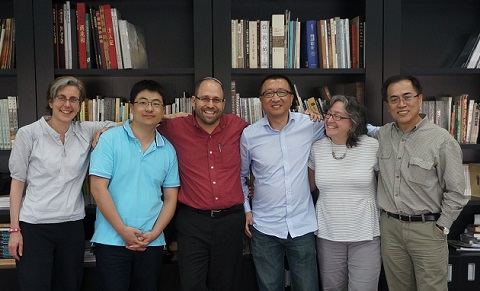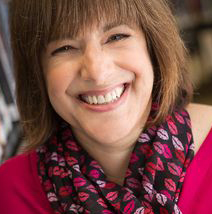The department of art and the Tri-Campus Graduate Program in the History of Art are joining forces with the Guangzhou Academy of Fine Arts in China. Together, the two universities are launching a program designed to give students insights into art and art history from both Western and Chinese perspectives. The project is funded by a three-year, US$250,000 grant from the Getty Foundation in Los Angeles as part of its Connecting Art Histories initiative. Project leader Prof. Jennifer Purtle describes it as “an effort to develop art history as a global discipline by generating new intellectual exchange among scholars in targeted regions.” In China, where art history hasn’t generally been taught in universities, this also means giving students a foundation to compete on a global level, she says.

Beginning this fall, graduate students at each institution will participate in identical seminars taught by a mix of faculty from both institutions. (During 2015–2016, two U of T profs and a researcher will teach in Guangzhou, while one Guangzhou professor will teach at U of T.) The top students from each school will then meet in Dunhuang, China and in Sicily to experience first-hand some of the art and architecture they have been studying.
In addition, faculty from U of T will offer Guangzhou students undergraduate and graduate lectures about art history methods, medieval art and Italian Renaissance art. “We hope we will build lasting ties among current scholars and the next generation, and create new ways of thinking about art and art history in the post-global world,” says Prof. Adam Cohen, a U of T art historian.
Recent Posts
People Worry That AI Will Replace Workers. But It Could Make Some More Productive
These scholars say artificial intelligence could help reduce income inequality
A Sentinel for Global Health
AI is promising a better – and faster – way to monitor the world for emerging medical threats
The Age of Deception
AI is generating a disinformation arms race. The window to stop it may be closing





